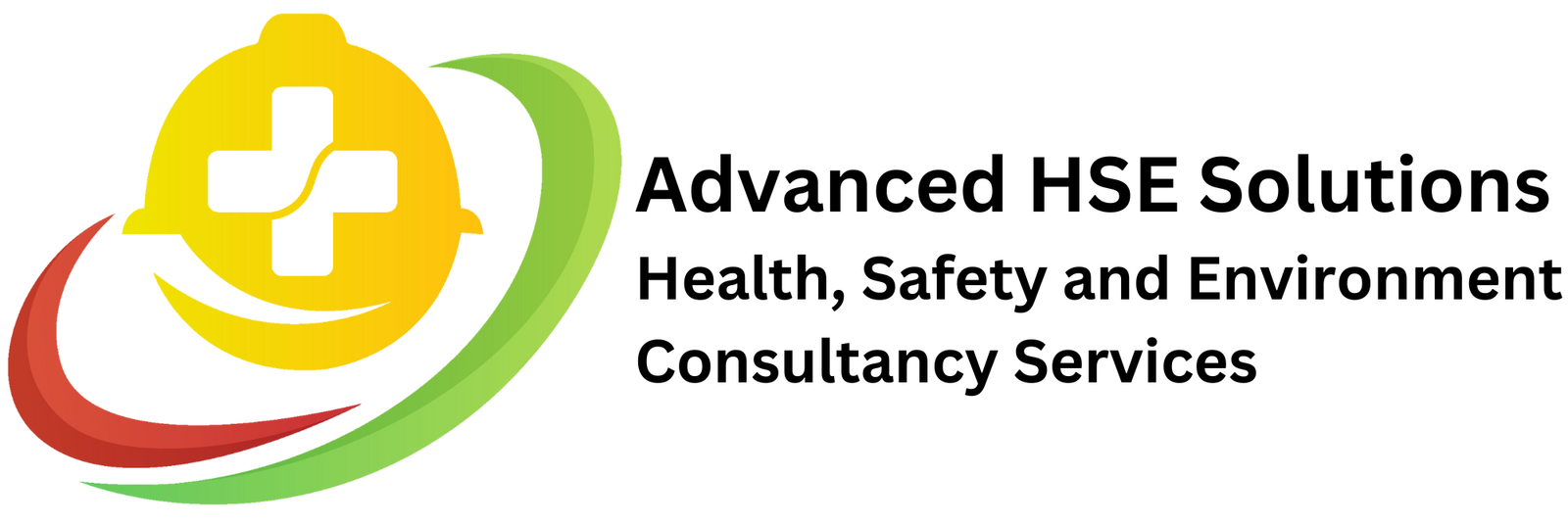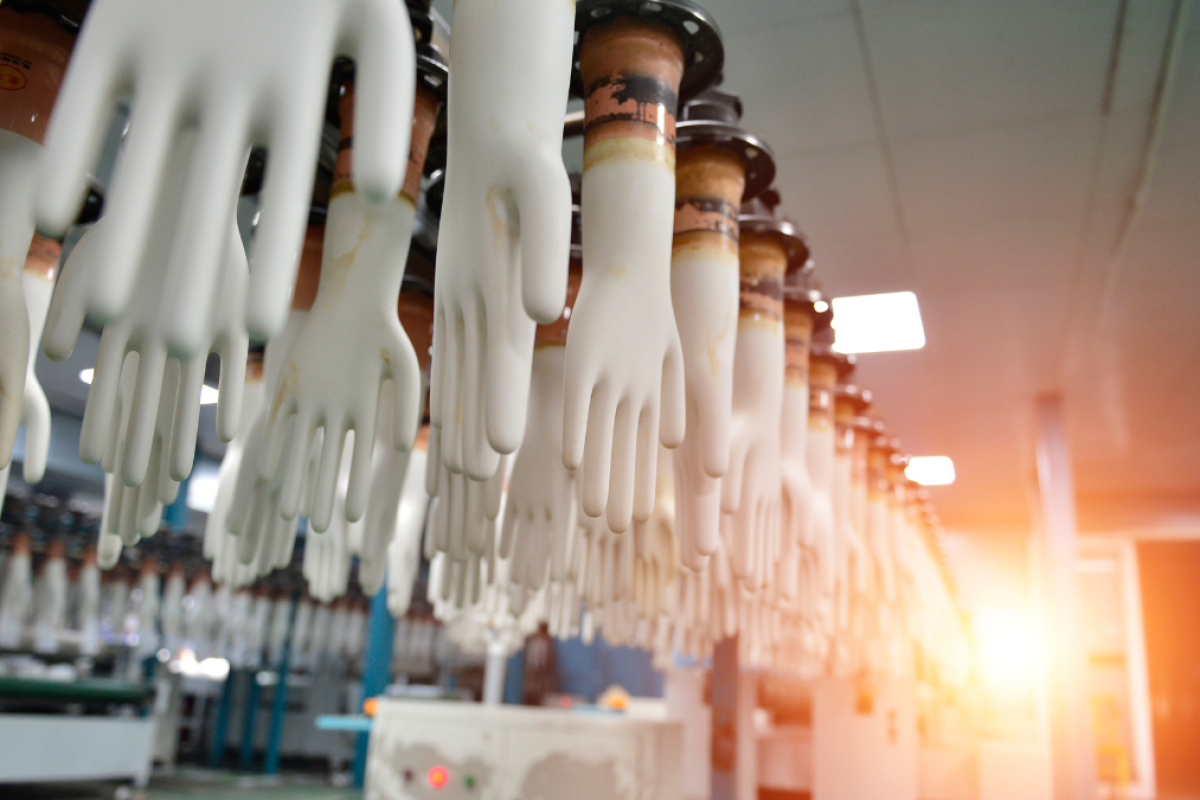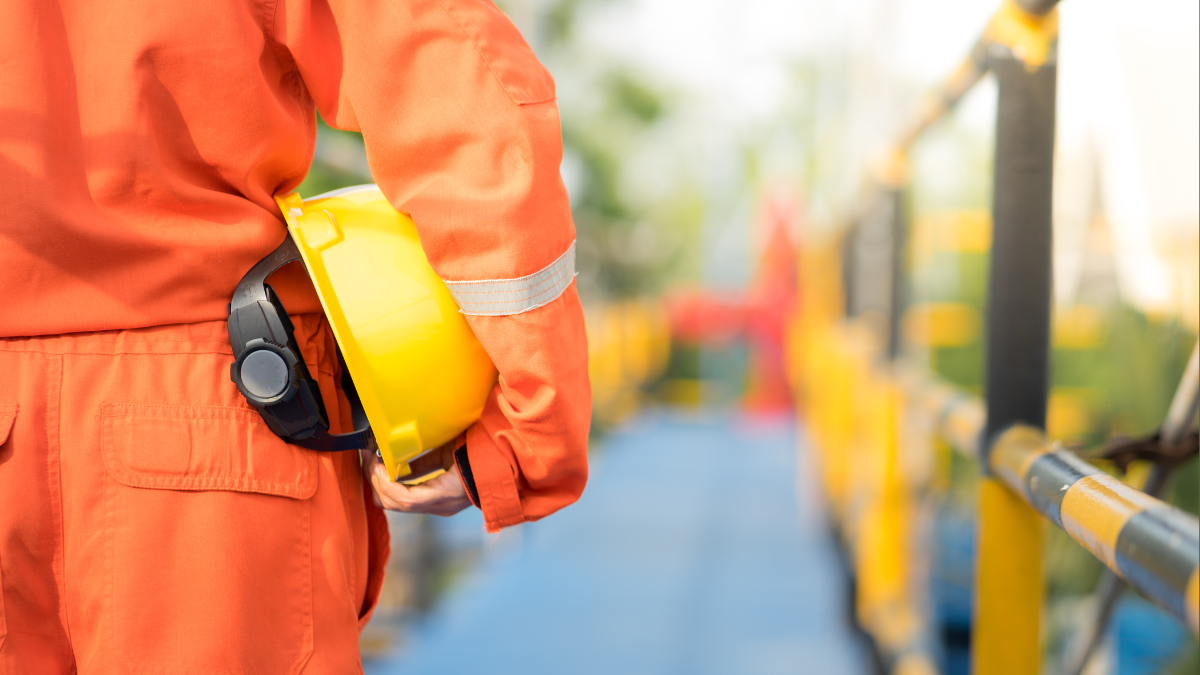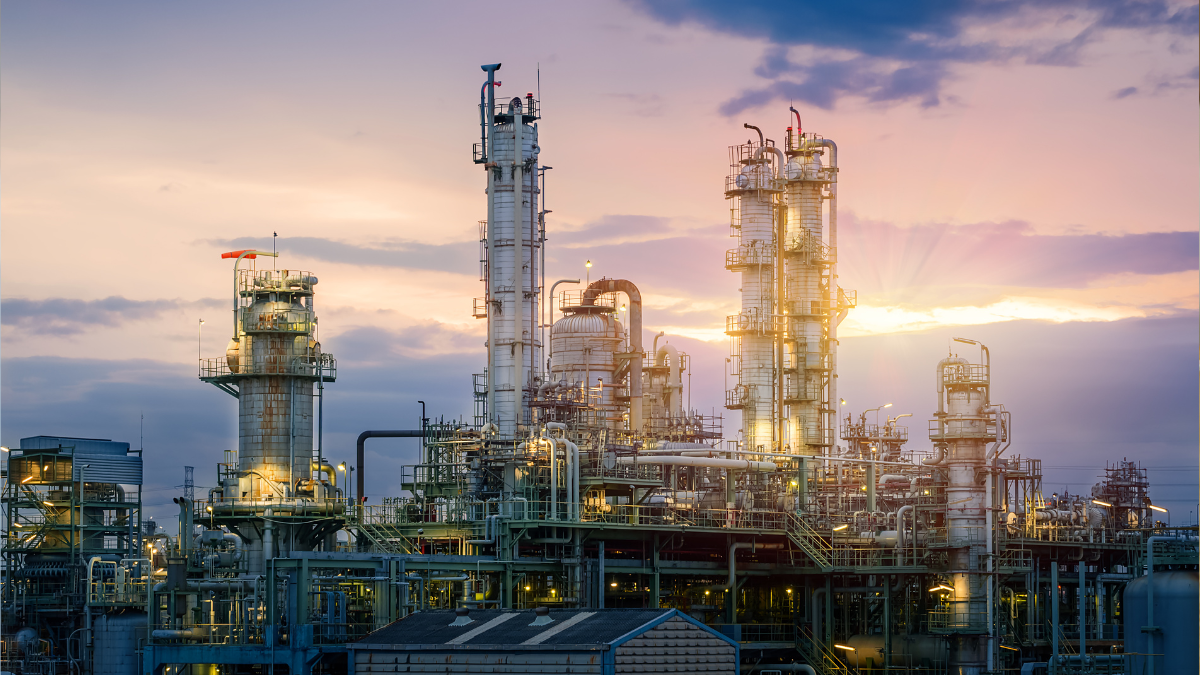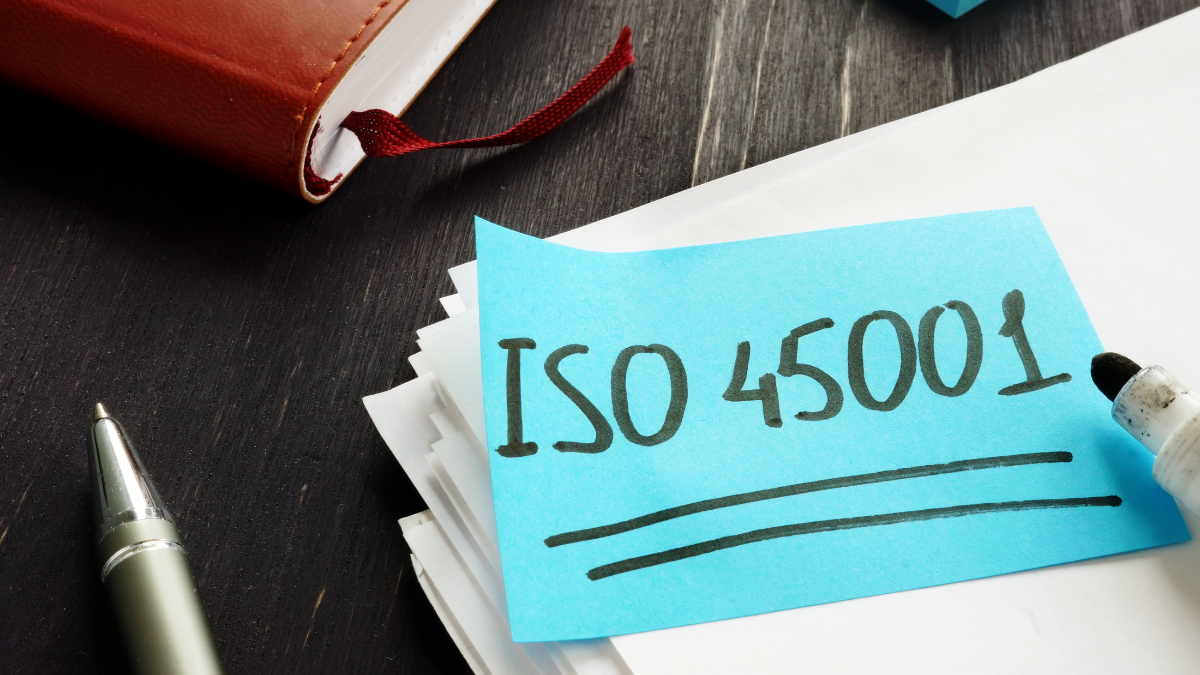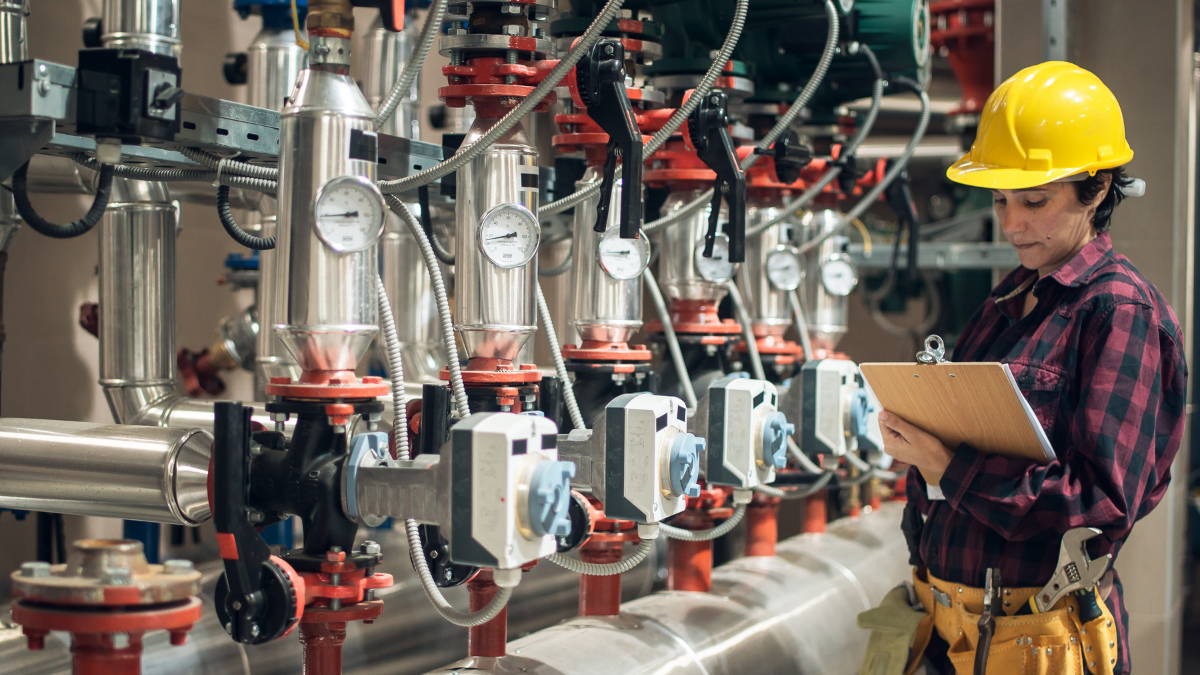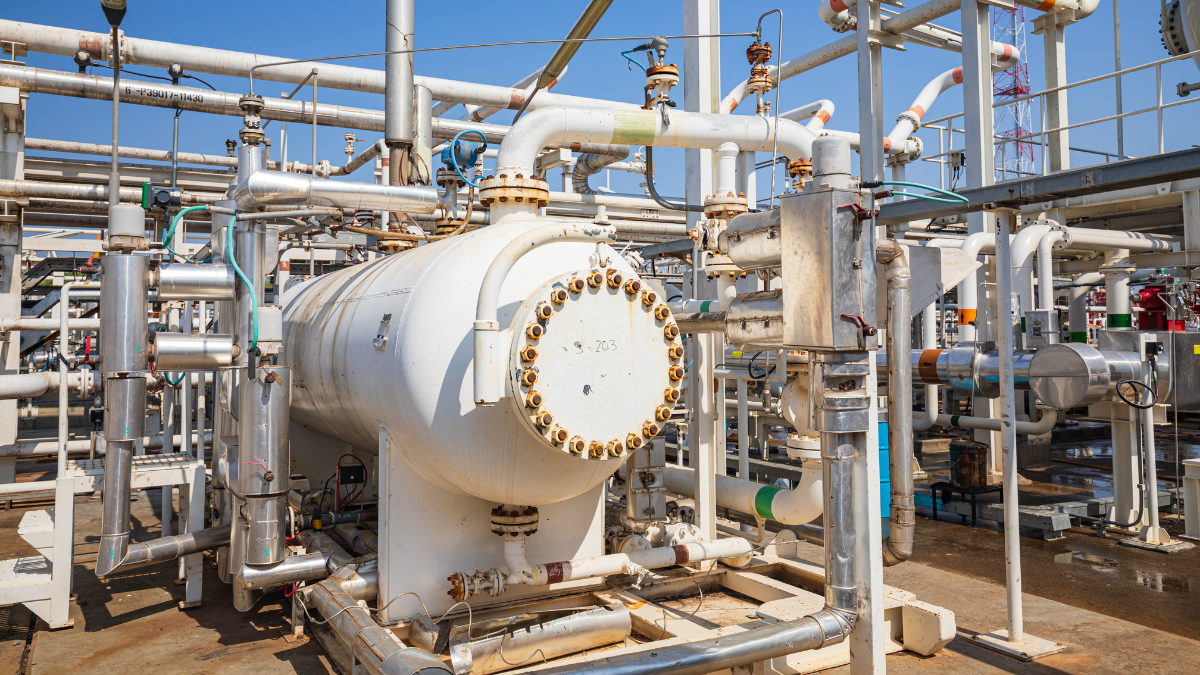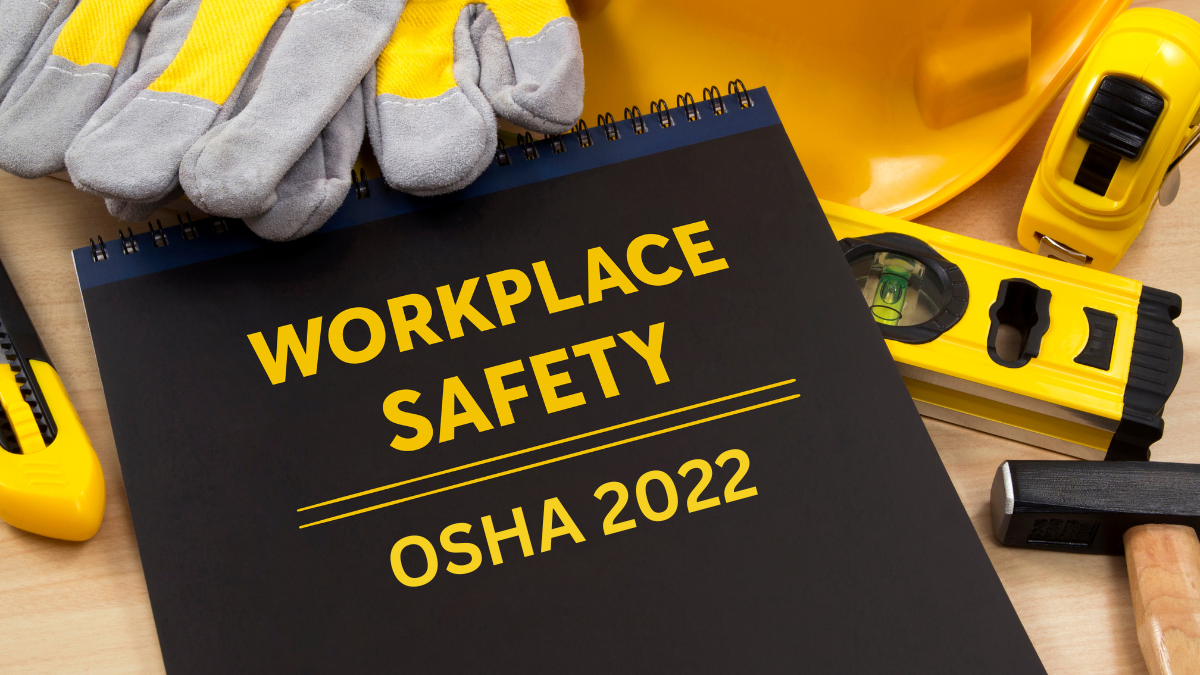Table of Contents
Introduction: The Importance of Environmental Monitoring in the Rubber Glove Industry
The rubber glove industry is a cornerstone of Malaysia’s manufacturing sector, contributing significantly to the global supply chain. However, this industry faces strict environmental regulations due to its impact on air, water, and waste management. Adopting environmental monitoring not only ensures compliance with IECS (Industrial Effluent Characteristic Study) guidelines but also enhances sustainability efforts and operational efficiency.
In this article, we explore how environmental monitoring solutions are tailored to meet the unique needs of the rubber glove industry, helping manufacturers maintain compliance and protect the environment.
Why Environmental Monitoring is Crucial for Rubber Glove Manufacturers
1. Regulatory Compliance
Malaysia enforces strict environmental laws, including the Environmental Quality Act 1974 and DOE regulations. For rubber glove manufacturers, non-compliance with effluent standards can result in hefty fines, operational shutdowns, and reputational damage.
2. Sustainability Goals
The rubber glove industry generates significant environmental challenges, including water pollution, chemical waste, and emissions. Environmental monitoring helps mitigate these impacts, aligning operations with global sustainability standards.
3. Operational Efficiency
By monitoring effluent quality and emissions, manufacturers can optimize processes, reduce waste, and save costs in the long term.
Key Environmental Challenges in the Rubber Glove Industry
1. Water Pollution
The production of rubber gloves involves substantial water usage for processes like latex dipping and leaching. Wastewater discharged often contains harmful chemicals such as ammonia, nitrates, and organic compounds.
2. Air Pollution
Volatile Organic Compounds (VOCs) and hazardous air pollutants are released during manufacturing, impacting air quality and worker health.
3. Solid Waste Management
The disposal of scrap rubber, packaging materials, and sludge from effluent treatment plants adds to environmental burdens.
Environmental Monitoring Solutions Tailored for the Rubber Glove Industry
1. Industrial Effluent Characteristic Study (IECS)
What is IECS?
An Industrial Effluent Characteristic Study evaluates the quality of wastewater discharged from manufacturing facilities. It is a mandatory requirement for industries under Malaysia’s DOE regulations.
Benefits of IECS for Rubber Glove Manufacturers:
- Identifies harmful pollutants in effluents.
- Ensures compliance with discharge limits set by DOE.
- Provides actionable insights for effluent treatment improvements.
2. Ambient Air Monitoring
Air pollution is a significant concern for rubber glove manufacturers due to VOC emissions. Ambient air monitoring ensures that emissions remain within permissible limits.
Key Solutions:
- Installation of air pollution control systems, such as wet scrubbers and activated carbon filters.
- Real-time air quality monitoring to identify and address emission sources.
- Compliance with DOE’s air quality guidelines.
3. Noise and Boundary Monitoring
Rubber glove factories often operate noisy machinery that can exceed safe decibel levels. Noise monitoring ensures compliance with OSHA noise exposure limits and protects workers’ hearing.
How It Helps:
- Identifies noise hotspots within facilities.
- Recommends noise control measures like barriers and insulation.
- Enhances workplace safety by minimizing hearing loss risks.
4. Waste Management Monitoring
Proper disposal of solid waste and sludge is essential to reduce environmental harm. Monitoring services help manage and minimize waste production.
Key Approaches:
- Auditing waste generation and disposal processes.
- Implementing recycling solutions for scrap materials.
- Monitoring sludge composition to ensure safe disposal.
5. Environmental Impact Assessments (EIA)
For facilities expanding operations or establishing new plants, EIA is a critical step in obtaining approval from regulatory authorities.
How EIA Helps:
- Assesses the potential environmental impacts of new projects.
- Identifies mitigation measures to reduce negative effects.
- Facilitates smoother regulatory approvals.
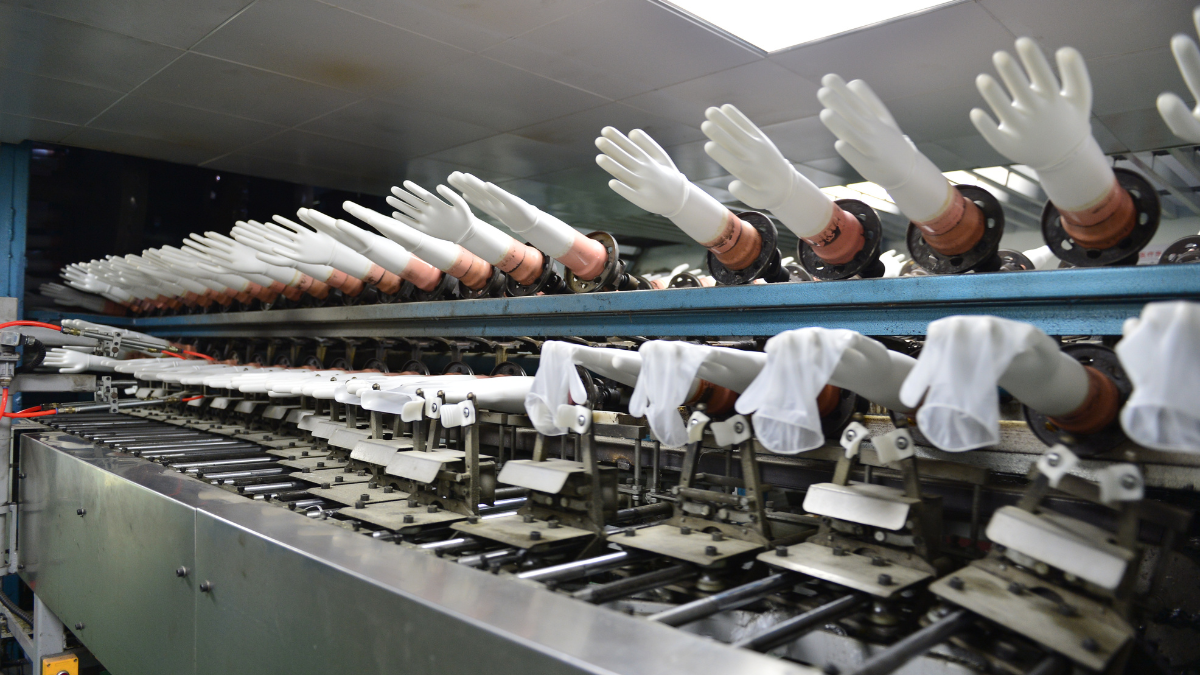
Benefits of Environmental Monitoring for Rubber Glove Manufacturers
1. Compliance with DOE Standards
Environmental monitoring ensures adherence to effluent discharge, air quality, and noise regulations, minimizing the risk of fines and penalties.
2. Improved Sustainability
By reducing pollution and waste, manufacturers can enhance their environmental footprint and appeal to eco-conscious stakeholders.
3. Enhanced Brand Reputation
Demonstrating commitment to environmental protection builds trust with clients, investors, and the community.
4. Cost Savings
Optimized resource use and waste reduction lead to long-term cost efficiencies.
5. Worker Safety
Monitoring air and noise quality ensures a safer workplace, reducing health risks for employees.
Case Study: How Environmental Monitoring Transformed a Rubber Glove Factory
A medium-sized rubber glove manufacturer in Selangor faced repeated violations of effluent discharge limits. Advanced HSE Solutions conducted an IECS and recommended upgrades to the effluent treatment system, including real-time monitoring tools. Within six months:
- Effluent compliance improved by 85%.
- Operational costs related to water treatment decreased by 20%.
- The factory achieved full compliance with DOE regulations, avoiding further penalties.
How Advanced HSE Solutions Supports the Rubber Glove Industry
At Advanced HSE Solutions, we provide comprehensive environmental monitoring services tailored to rubber glove manufacturers, including:
- IECS and Wastewater Monitoring: Ensuring compliance with DOE discharge limits.
- Ambient Air and Noise Monitoring: Reducing emissions and ensuring a safer workplace.
- Environmental Audits and Training: Helping your workforce understand and implement sustainable practices.
FAQs About Environmental Monitoring for Rubber Glove Manufacturers
Q: Is IECS mandatory for all rubber glove manufacturers?
Yes, IECS is required under DOE regulations for any industry discharging effluents.
Q: How often should environmental monitoring be conducted?
It is recommended to conduct monitoring annually or whenever significant changes occur in operations.
Q: What is the cost of environmental monitoring?
Costs vary depending on the scope of services required, such as wastewater analysis, air quality monitoring, and waste audits. Contact Advanced HSE Solutions for a custom quote.
Conclusion
Environmental monitoring is a critical component of sustainable and compliant operations in the rubber glove industry. By addressing challenges such as water pollution, air quality, and waste management, manufacturers can achieve regulatory compliance, protect the environment, and enhance their operational efficiency.
At Advanced HSE Solutions, we offer expert guidance and tailored monitoring solutions to help your rubber glove manufacturing facility succeed. Contact us today to learn more about our services.
